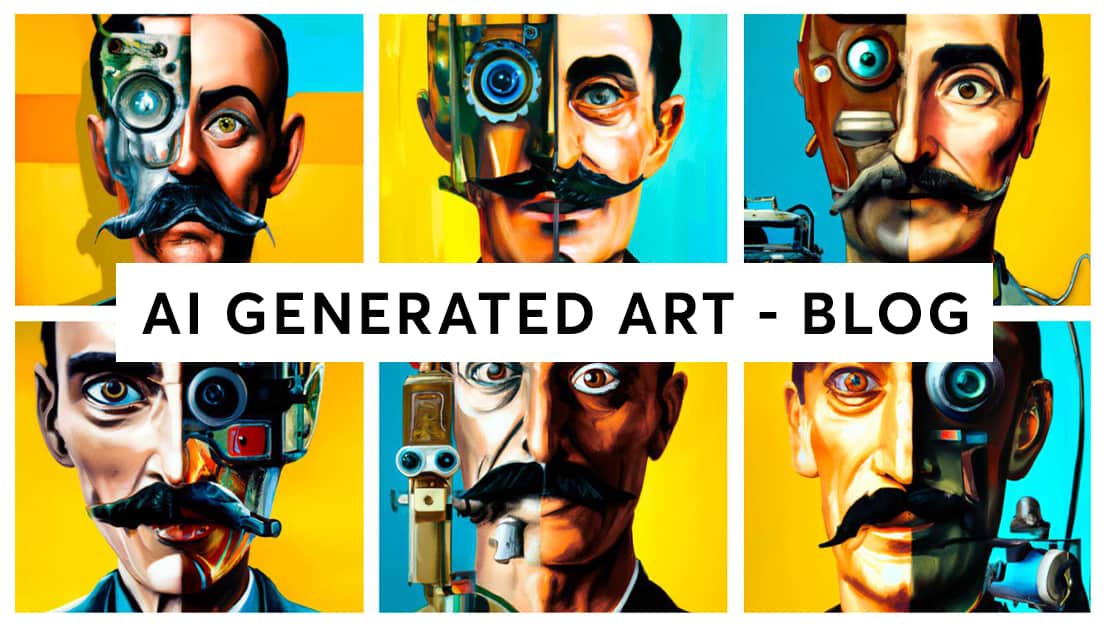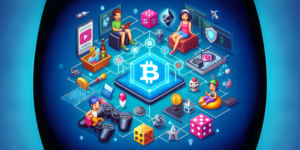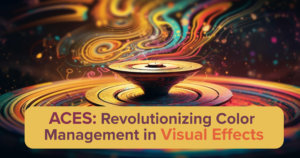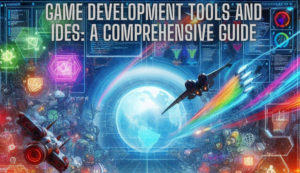AI Generated Art!

The current situation for blog images can be termed as, “stylish but repetitive”. Blog images have importance for attracting traffic to your blog and enhancing the reach and performance of your posts. However, finding photographs that are entertaining, original, and aesthetically beautiful is not always straightforward. So, let’s generate some!
Several free stock photo platforms, such as Pexels and Unsplash, have been providing stunning photographs for some time now, and Medium has already incorporated the Unsplash Image API into the article editor, so why do we have to search elsewhere?
The professional appearance that stock photographs provide is appealing, but most of the times you’d find them less unique because many people reuse them across numerous services, so they may lack personality and become just placeholders.
Significant advances in artificial intelligence (AI) have been explored, as well as its potential applications in a variety of industries, including art. However, it is widely acknowledged that humans are the only creatures capable of both art enjoyment and art comprehension.
Art has always been an important part of human culture, extending back to the first cave drawings. It enables us to share our experiences and ideas with the rest of the world. With the rise of artificial intelligence (AI), there has been an increasing interest in exploring the potential of AI-generated art. AI-generated art refers to any form of art that has been created with the help of artificial intelligence algorithms. AI-generated art has been gaining popularity in recent years, and it has been used in a variety of fields, including entertainment, advertising, and marketing. However, there is a debate among artists, critics, and scholars about the validity and authenticity of AI-generated art. Some argue that AI-generated art lacks the emotional depth and creativity of human-generated art, while others argue that AI-generated art is a new and exciting form of art that has the potential to push the boundaries of creativity. Let’s understand what the fuss of AI is all about?!
What exactly is AI Art?
The term “AI art” refers to artistic works generated with the assistance of computer programs. Artificial intelligence (AI) is a branch of computer science that seeks to develop software that can duplicate or mimic human intellect or brain functioning. You may also learn more about artificial intelligence and its capabilities by reading our article.
Machine learning and a variety of self-learning algorithms that extract knowledge from data can be used by AI to create original creations. AI art necessitates the participation of both the human artist and the AI system; nevertheless, the degree of autonomy can vary greatly, and the final output is heavily dependent on the correctness of the training data.
Artists utilize AI as a tool, working with algorithms to create rules that allow computers to evaluate hundreds of photographs to comprehend a specific creative process, such as a specific style or aesthetic. Algorithms generate unique works by producing unusual geometrical, figurative, and patterned themes. AI artists collaborate with programmers, statisticians, computer scientists, and neuroscientists to develop cutting-edge technology that pushes the boundaries of human creativity.
It’s been nearly hard to avoid encountering some weird, odd, and horrifyingly gorgeous AI art pieces. These AI-generated works of art are made by powerful algorithms that can transform any word into a work of art with the click of a button.
Is AI-generated art regarded as – Real Art? As an institute which deals with teaching both digital art and conventional art, we have an uneasy sensation that simply entering a few words and pressing a button may create a completely new work of art. That was it – bang! Although new technologies are to be welcomes as the change is an inevitable in every sector, and art is no different.
One of the key benefits of AI-generated art is that it can create art that is beyond human capacity. AI algorithms can generate complex patterns and shapes that would be impossible for humans to create manually. This has led to the creation of new forms of art, such as generative art, where artists use algorithms to create unique and evolving patterns and shapes.
Another benefit of AI-generated art is that it can help democratize the art world. In the past, creating art required a significant amount of training and resources, which limited access to the art world to a small group of people. However, with the rise of AI-generated art, anyone with access to a computer can create art. This has the potential to open up the art world to a more diverse group of people and perspectives.
The again, art is motivated by emotions that AI does not have. Art is created by a person’s imagination, skill, experience, and feelings. It is usually intended to demonstrate something and be enjoyed by the public. However, there are objects that people created that do not fit into any of these categories but are still considered art since they were created by people. They worked really hard to create that picture, sculpture, or piece of music.
Artificial intelligence also takes a significant amount of time searching through large amounts of data, connecting a person’s query to a set of data, and attempting to present it in the best way possible. The distinction is that the AI is motivated by instructions rather than a desire to demonstrate how it works.
AI-generated art is a new and exciting form of art that has the potential to push the boundaries of creativity. While there are some concerns about the authenticity and emotional depth of AI-generated art, it is clear that AI-generated art has the potential to create new forms of art that are beyond human capacity. As AI technology continues to evolve, it will be interesting to see how it is used to create new forms of art and how it impacts the art world as a whole.
AI has improved dramatically in the last few decades, from creating hyper-realistic images to composing films. For these jobs, people frequently utilize generative models, which can generate new data when given enough training data. Although the precise trajectory of AI-generated art is unknown, existing AI technology may make convincing images, movies, and writings that can fool humans.
As a result, the potential of AI art is both intriguing and terrifying!!
AI generated variations of self-portrait art of Salvador Dali_Credits-Google.
Similar Articles
-

Blockchain Gaming: Where Fun Meets Decentralization 04-12-2024
Introduction The gaming industry has always been a hotbed of innovatio
-

The Art of Product Design: Creating Timeless Toys 03-19-2024
Crafting Memories, One Toy at a Time: This is a journey of innovation
-

ACES: Revolutionizing Color Management in Visual Effects 02-19-2024
ACES, which stands for the Academy Color Encoding System, is a standar
-

Game Development Tools and IDEs: A Comprehensive Guide 02-15-2024
Game development is a complex and multifaceted process that requires a
